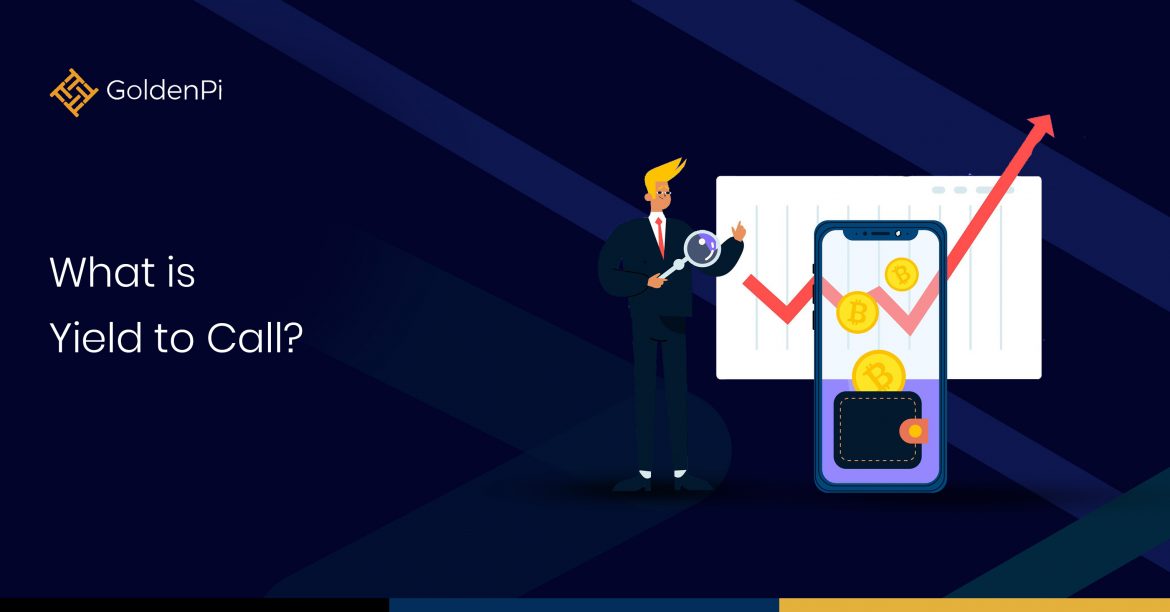Yield to call is a return paid to the investor if the bond is held till the call date. This date is generally a little before the bond reaches maturity. The yield to call is applicable to specific callable bonds that allow the issuer to repurchase the bonds on the call date or for the investor to redeem the bond at a call price. One can calculate the yield to call using a formula and find out that the bonds are typically called at a premium over the face value. But, the precise call price depends on the market rates. So, visit the following sections to understand how yield to call works and how you can estimate it yourself.
Understanding Yield to Call
Yield to call is primarily about callable bonds that include the ones issued by corporations and municipals. The organisation or the municipality may pay off the outstanding debt if the interest falls and get new financing at a reduced cost. Therefore, it’s important to calculate the yield to call off your bonds since it will reveal the rate of return the investor will get. However, it is also based on the assumption that the bond will be held until the call date, it is purchased at the present market price, and it will be called at an earlier possible date.
How to Calculate Yield to Call (YTC)?
Investors can use a formula to calculate the yield to call by considering a bond’s face value, years until maturity, coupon rate, and pricing data. The following formula is used to calculate the yield to call:
P = (C/2) × {(1 – (1 + YTC/2) ^ -2t) / (YTC/2)} + (CP / (1 + YTC/2) ^ 2t)
Here,
C is the annual coupon payment
P is the current market price
CP is the call price
YTC is the yield to call
t is the number of years remaining until the call date
How is YTC Different from YTM?
Typically, the purpose of calculating YTC is to draw a comparison with YTM, i.e., yield to maturity.
When YTC is found to be greater than YTM, it is best to redeem the bond as there assume there is a high risk that the bonds would remain trading until maturity. However, when YTM exceeds the YTC, one must hold it until maturity.
Another similar term is YTW or Yield to Worst. It indicates the lowest possible return. It helps bondholders reflect on the chance of an issuer redeeming the bonds early.
Wrapping Up!
Investors must know the yield to call on any callable bond since it is the return one will receive on their investment. And it is also what the investors receive if the issuer decides to pay off early or cancel the issue altogether. At the same time, you must collect other information before you make the calculation. Investors can also estimate the yield to call through several ways, such as by using online calculators, if one does not want to do it by hand.
FAQs About What is Yield to Call?
1. Are most of the bonds callable?
Yes, most of the government and corporate bonds are callable. But some are non-callable as well, and they come with a different set of features.
2. Are the callable bonds better than the non-callable ones?
Both callable and non-callable bonds have their benefits and their risks. While one may meet your needs, then the other might meet someone else’s. So, suggesting that one is better than the other is not possible since different investors prefer both.
3. What happens to callable bonds when there is a rise in the interest rate?
The bond issuer may not call the bank if there is an increase in the interest rates since they are unlikely to get a good deal by replacing it. However, the issuer may call the bonds if there is a decline in interest rate.






